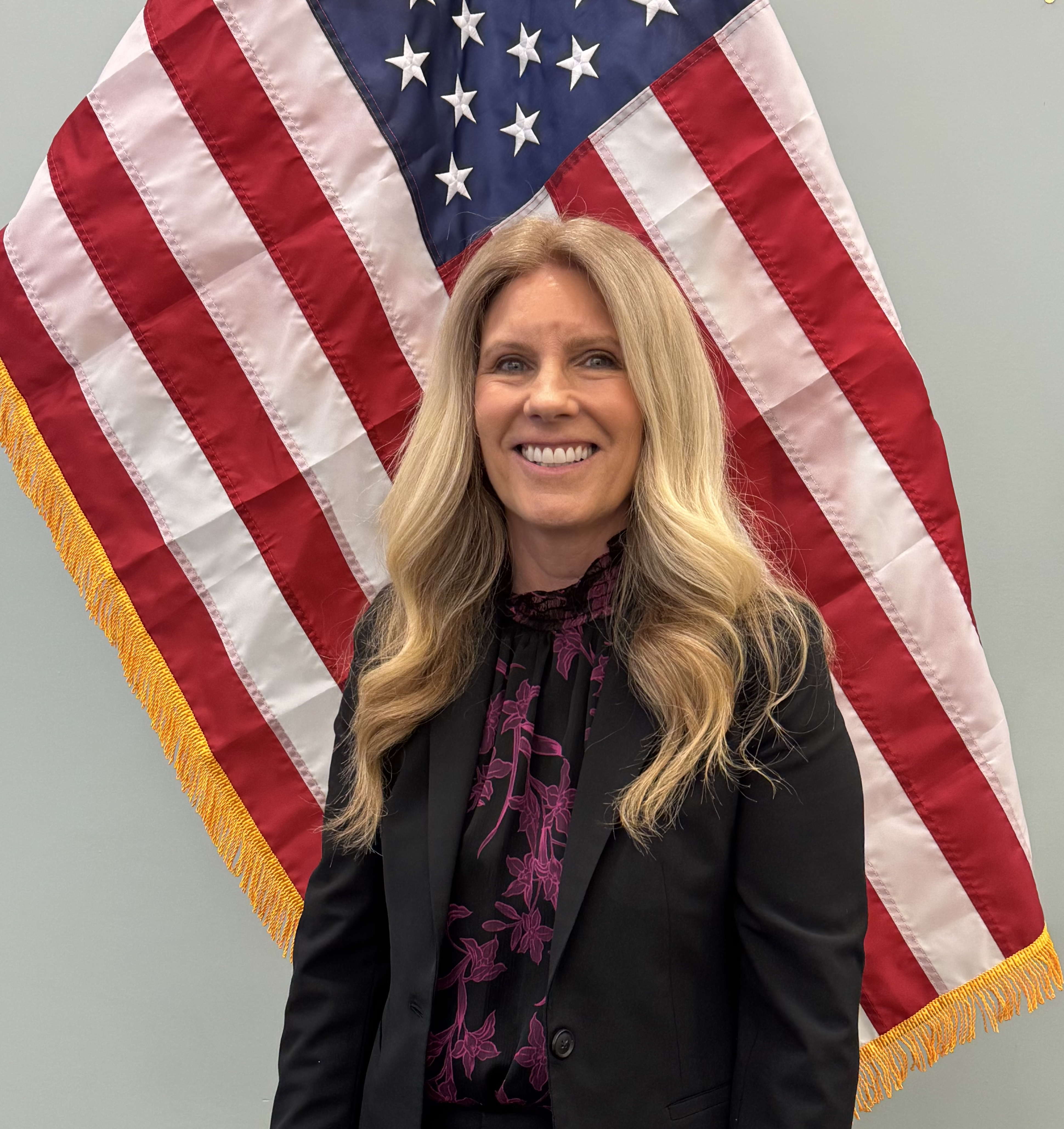Kristen A. Tronvig is the deputy director of the Center for Satellite Applications and Research (STAR). During her time at NESDIS, Kristen previously served as the STAR Resources Management Division Chief, and spent nearly two years working with the US House of Representatives Committee on Science, Space, and Technology and worked on legislation relevant to NOAA and NESDIS. Kris joined STAR in 2016 as the Chief of Staff.
Prior to joining NESDIS, she was the acting Director of NOAA’s Office of Program Planning and Integration (PPI) and served the Chief of Staff for two years while also managing the NEPA, Regional Collaboration, and Social Science programs.
Kris began her NOAA career in 1997 as a physical oceanographer for 16 years in the National Ocean Service’s Center for Operational Oceanographic Products and Services (CO-OPS). She initially performed tidal analysis in support of hydrographic and photogrammetric surveys. In 2003, she formed the CO-OPS COASTAL Program, which focused on non-traditional/non-navigational applications of water levels. By seeking partnerships throughout NOAA and externally with other Federal, state and local agencies/organizations, the Program quickly expanded to engage numerous partners and projects nationwide.
Kristen completed NOAA’s elite Leadership Competencies Development Program (LCDP) in 2007 after serving a variety of functions including the acting Deputy Director of NOAA’s Chesapeake Bay Office, a Strategic Planner in NMFS/Office of Protected Resources; and an analyst in NOAA’s Office of Budget Outreach and Communications.
Kristen advocates building partnerships, collaboration, and working for customers’ best interests. She has written a number of publications, both for journals as well as conference proceedings. She also enjoys teaching and mentoring and has taught oceanography at American University.
Kristen received a B.S. in Marine Science with minors in Biology and Environmental Science from the University of San Diego; and a master’s degree in Environmental Science from American University in Washington, DC.

